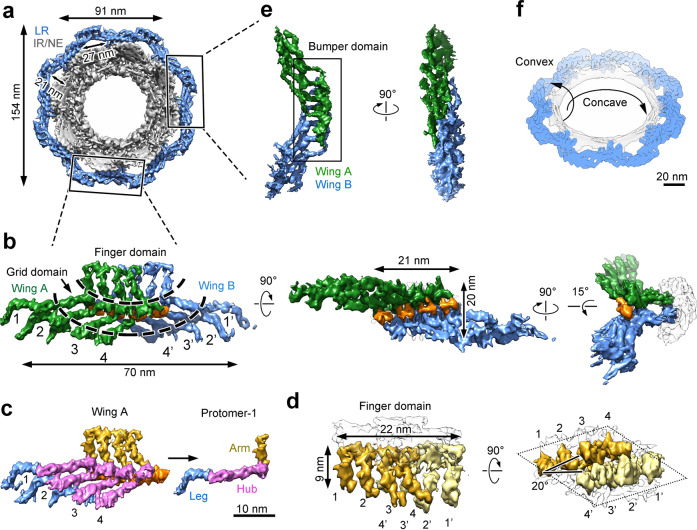Fig. 3. Structure of the LR subunit by the SPA approach.
a Eight LR subunits form a continuous circular scaffold. The overall structure of the LR (colored marine) is viewed along the nucleocytoplasmic axis. b Structure of the LR subunit. Each butterfly-shaped LR subunit comprises two symmetric wings: Wing-A (colored green) and Wing-B (blue), which interact with each other through an extended interface (orange). The LR subunit has a Finger domain that contacts the fusion and a Grid domain that make up the bulk of the circular LR scaffold. Three mutually perpendicular views are shown. c Each wing of the LR subunit comprises four elongated, tubular protomers. These protomers (numbered 1–4) associate with each other in a planar fashion. Each protomer contains an arm (colored gold) at one end, a central hub (magenta) and a leg (blue) at the other end. Scale bar, 10 nm. d The Finger domain directly contacts the fusion of nuclear membranes. The tips of the protomers likely traverse the pore membrane and anchor the LR subunit to the pore. The cross section of the Finger domain has the shape of a diamond as indicated by dotted lines (right panel). e The Bumper domain is formed between two neighboring LR subunits. Four legs from Wing-A of an LR subunit interact with four legs from Wing-B of the neighboring LR subunit to form the Bumper domain. Two perpendicular views are shown. f The LR may stabilize both the concave and the convex curvatures of the fusion. The concave curvature relates to the diameter of the fusion within the NE, whereas the convex curvature is defined by the separation of the INM and ONM. Scale bar, 20 nm.

